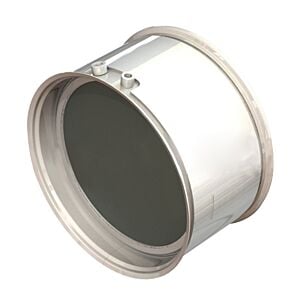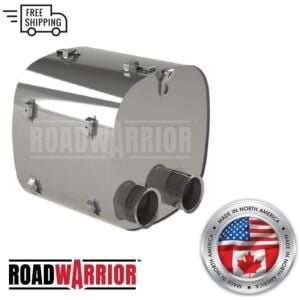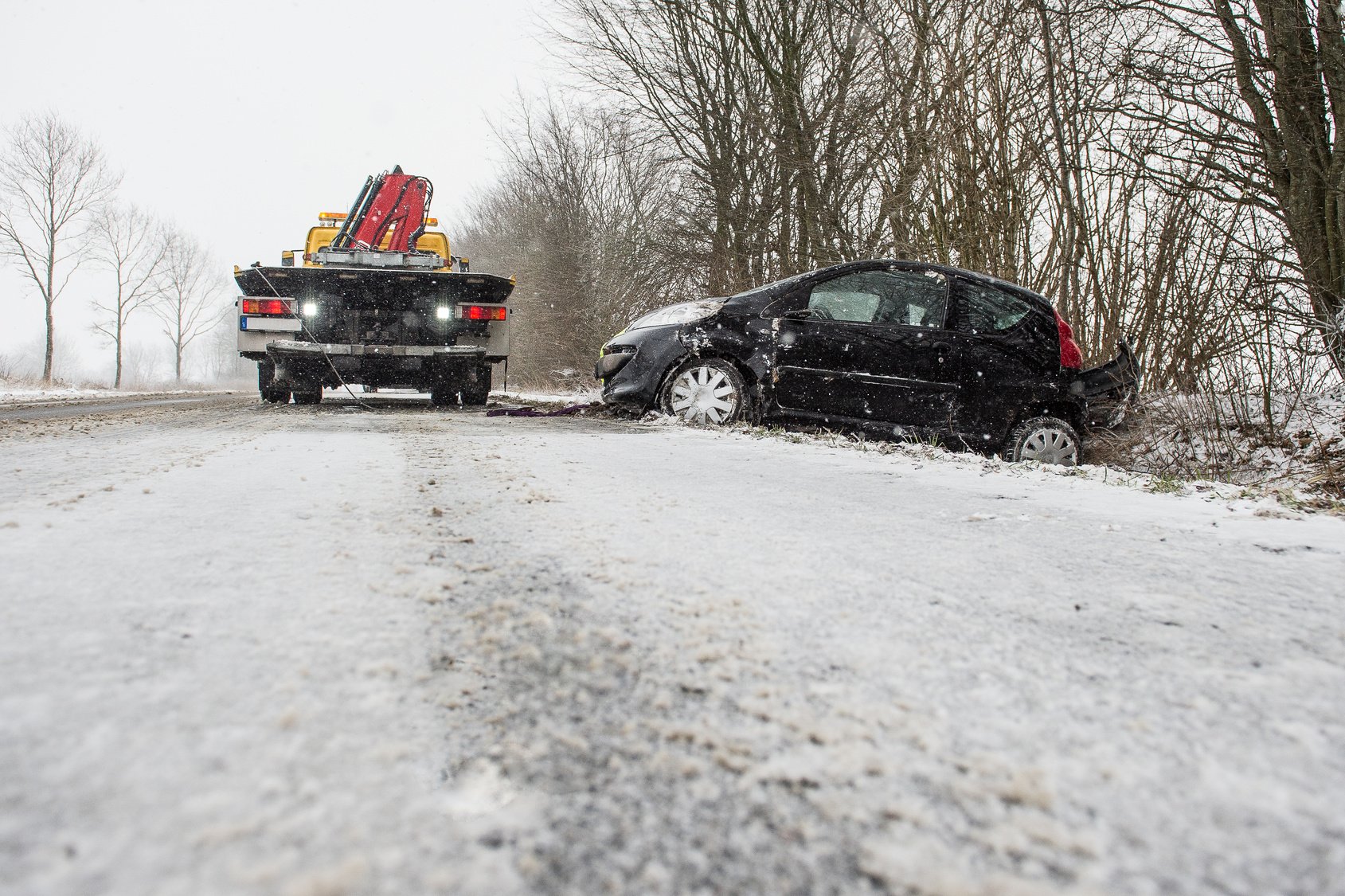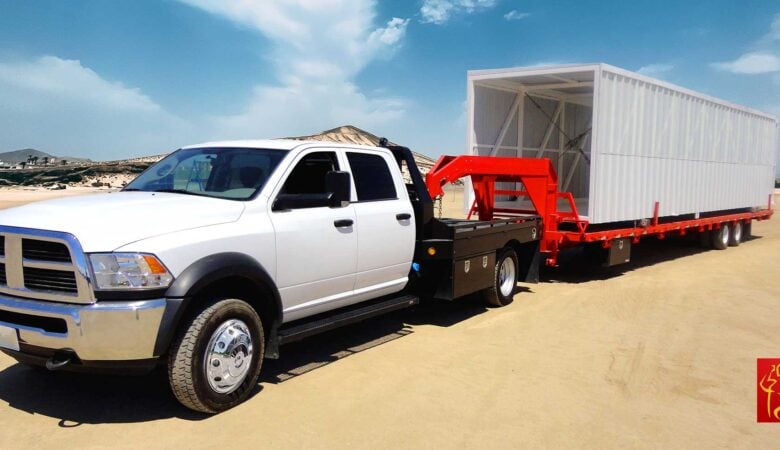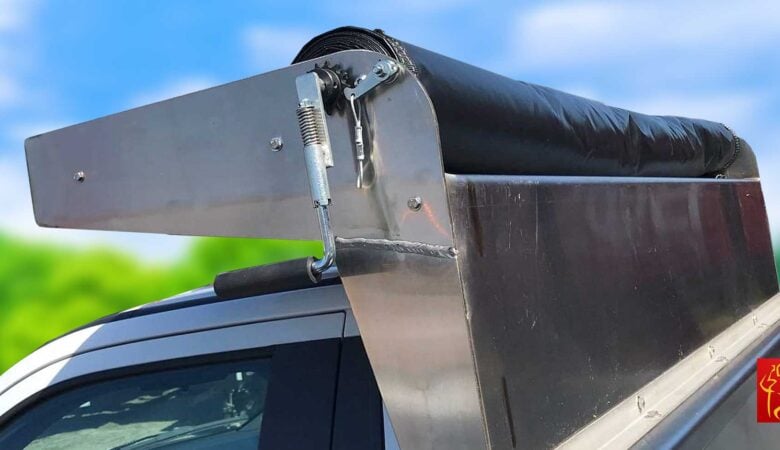A diesel particulate filter – for DPF, for short – is a filter that helps reduce the number of harmful particles that can be released from your truck’s diesel exhaust. The filter is designed to catch any unburnt particles in order to keep those harmful particles from entering the air and causing any damage to your vehicle.
However, it’s very easy for this debris and ash to build up in your DPF filter, making it work poorly or not at all. It’s recommended that you frequently check and clean this filter to ensure it’s working properly, but many people may not know how to clean a diesel particulate filter the right way.
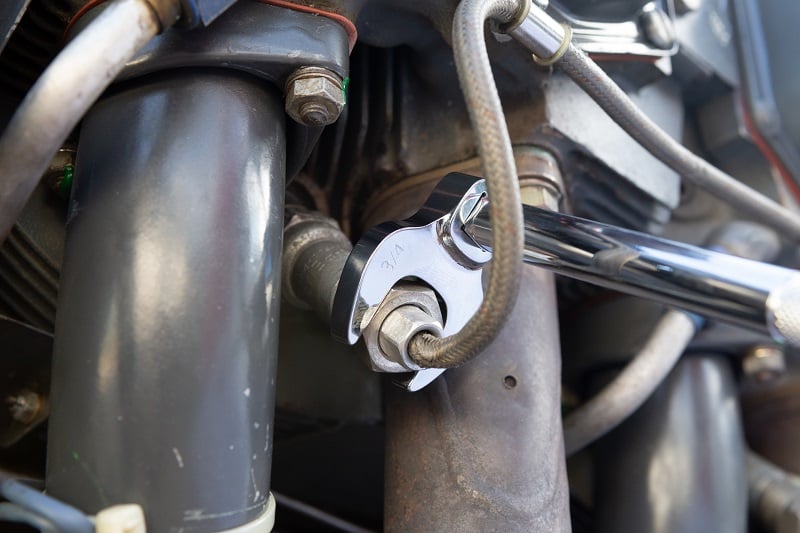
Many questions can be brought up at the mention of ‘how to clean a DPF filter yourself,’ including why it needs to be cleaned, the best methods and how to remove ash from a DPF, how to prevent a clog to begin with, how much does DPF cleaning cost, and professional cleaning compared to at-home DIY cleaning – a seemingly simple action brings with it an abundance of doubt and questions that we hope to put to rest with this guide!
The first thing you need to know about how to clear a blocked DPF filter is that it’s a process that needs to be done with care. There are a few common mistakes people make when cleaning a DPF filter that causes permanent or costly damage to the filter – continue reading in order to learn what these mistakes are, how to avoid them, and learn how to clear a blocked DPF filter by yourself the right way!
Step by Step Guide: How to Clean DPF Filter
For most diesel engine trucks, the DPF will usually be located inside the exhaust system. Cleaning this filter is a trucker’s responsibility and it’s a great way to ensure your truck will continue to run efficiently and may help you improve or get better mileage.
Oftentimes, truckers see a dirty DPF and assume they need to replace the filter entirely or take it to a shop. That isn’t always the case! In emergencies, always take your vehicle to a local mechanic to get it checked out, but for wanting to know how to remove ash from DPF filters or how to clean diesel particulate filters at home, here are five simple steps to try yourself.
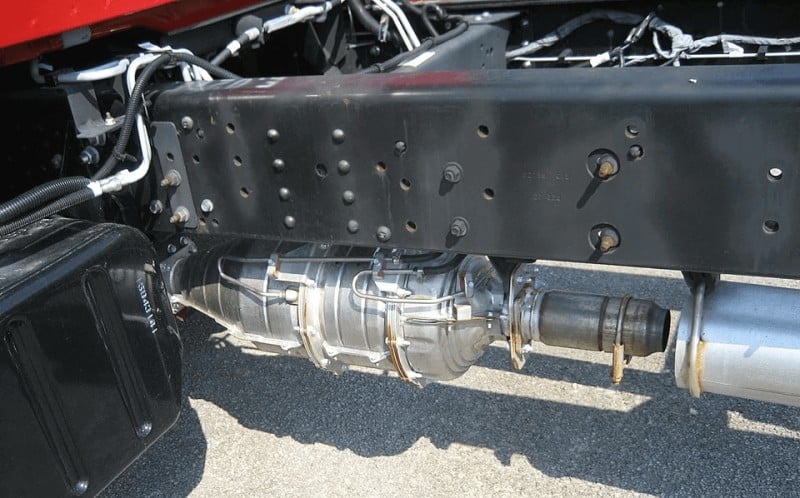
1. Take Out the Filter First
If you want or need to clean the entirety of your DPF, it’s very likely that you will need to physically remove the filter from your vehicle. While this may vary from truck to truck, the first step will be to remove any surrounding plates and grills. Make sure you place any screws, o-rings, nuts, or bolts aside someplace you will not lose them – like a truck toolbox.
2. Test the Filter
When attempting to test the DPF, it must first be entirely removed from the vehicle and be given a quick inspection. This is how you will determine how blocked, clogged, or possibly damaged the filter is. You’ll be able to tell if and how to clear a blocked DPF filter if you see little to no white or chrome surface of the filter and if the debris clogging is intense.
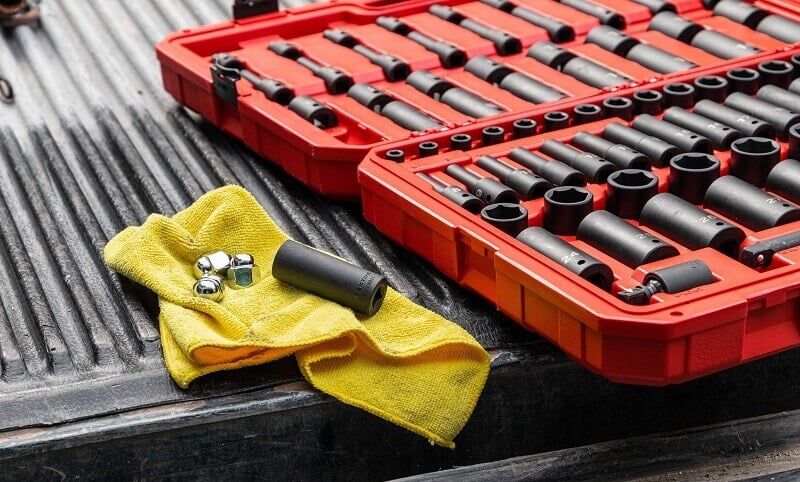
3. Clean with Compressed Air First
A very common way to begin cleaning a DPF is to use high-pressure, compressed air. You can achieve this best by using a high-pressure cleaning cabinet, which backflush compressed air into the filter and forces ash to dislodge any blockage. There are important safety precautions you must take while using compressed air:
- If required, weigh your DPF to get your “pre-cleaning weight.”
- Carefully place the DPF into the blast cabinet and tightly seal the cabinet.
- Turn the device on so it can begin forcing air into the DPF at high pressure. Suction should also be applied at the bottom of the DPF to help remove any ash or debris.
- Once your filter is pressurized, it needs to be cleaned. You may have to do this process again to remove any remaining soot or ash that wasn’t dislodged in the first attempt.
- Once all the cells are unblocked, you can remove the DPF from the cabinet and place it back into your vehicle!
4. Rinse DPF Filter Off
Once you’ve successfully cleaned the surface of your DPF, use clean water to rinse the filter off. But how do you clean a DPF filter with water? It’s recommended that you use a hose or faucet with a high-pressure nozzle, and spray the DPF down with a narrow jet to thoroughly clean it out. Angle the water to shoot out through both ends; you should see a stream of dirty water exiting the filter, continue to rinse your DPF until this water runs clear.
5. Use a DPF Chemical Cleaner
Finally, one very quick and easy way to clean a diesel particulate filter is to use specialty-made DPF chemical cleaning solutions. For most of these cleaning additives, you won’t even need to remove the filter!
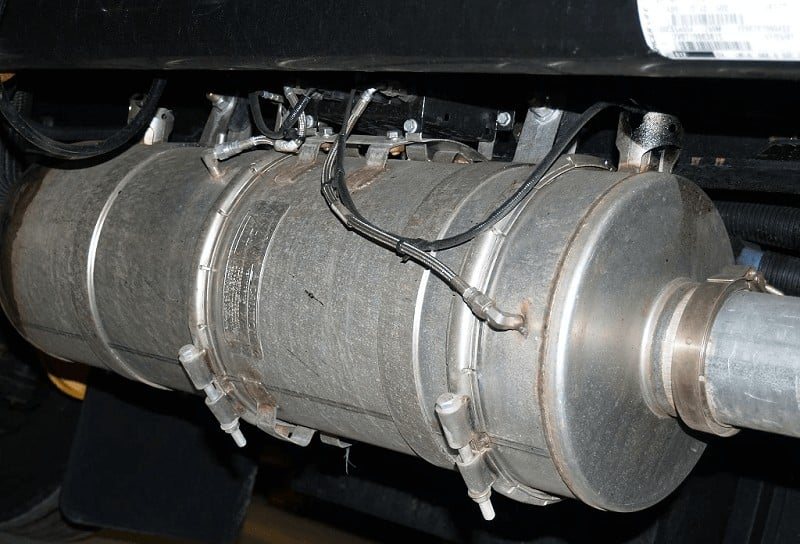
There are two types of chemical cleaners you will come across in the market – fuel additives and spray-on systems.
Fuel additives are ideal for keeping a filter unclogged from the inside during use and can typically be poured into the filter without removal.
Spray-on systems are recommended if you have already removed the filter for cleaning to provide a deeper, more efficient cleaning by removing trapped particles that water and compressed air failed to remove. For the best results, it’s recommended that you use a chemical cleaner at some point in your at-home DPF cleaning process.
Why do you need to timely clean your DPF system?
In specific conditions, having a blocked DPF can result in damage to a vehicle’s engine in the long term. A blocked DPF may result in a vehicle going into “limp” mode, which will restrict a vehicle and force it to be driven slowly. In these extreme situations, you will need to take your vehicle to a mechanic in order for this fault to be repaired. Ignoring this cleaning process can cause you to severely damage your truck, reduce it’s fuel economy, and create an abundance of headaches you could otherwise easily avoid with a timely cleaning of a diesel particulate filter.
How long does a diesel particulate filter last?
Typically, a well-maintained or new diesel particulate filter should last up to 100,000 miles from installation. DPF’s which are poorly cleaned and serviced will be more prone to extreme damage caused by an uncleared blockage.
How much does it cost to replace a diesel particulate filter?
A standard DPF can cause anywhere between $1,000 and $4,000 for traditional commercial vehicles, but can extend anywhere from $4,000 to $10,000 for large Freight trucks! Depending on the diesel particulate filter necessary for your vehicle, replacing a DPF could possibly wipe out your savings! This is another reason why knowing how to clean a DPF filter yourself is so important!
How to extend the life of diesel particulate filter?
Extending the life of your DPF can go beyond regular maintenance checks and cleaning! Some tips for improving the longevity of your diesel particulate filter are:
- Use the right oil for your vehicle or truck to ensure it produces as few particles as possible!
- Check your EGR valve as it can also become blocked with the ash, soot, and carbon they are designed to regulate. A blocked or faulty EGR valve can cause the device to remain open for longer periods of time, which will increase the particles and ash that is fed back into the engine and thus out through the filter.
- Invest in a coolant heater, which can pre-heat an engine with warming coolant that circulates through a blockage before the engine cranks. This pre-heating lowers DPF maintenance, drops emissions, reduces any engine wear, and overall improves a truckers’ fuel economy!
- Keep your vehicle in good condition! Ensuring your vehicle’s engine is in good condition will guard against any failures that could feedback and damage the filter; remember that exhaust systems have many interrelated components, so the moment you find a defect you should work to repair or replace it before further damage to other internal components occurs!
A DPF is a wonderful investment for any trucker as it works to trap soot, ash, and dangerous particles from a vehicle’s exhaust. However, this filter must be timely cleaned in order to ensure it continues to do it’s job properly and keep your vehicle running at top form.
Hopefully, this article has helped you learn how to clear a blocked DPF filter by yourself properly! By knowing the in and out and keeping in mind how much it costs to professionally clean or buy a DPF filter, you are now able to move forward in keeping your vehicle in top shape right at home!



